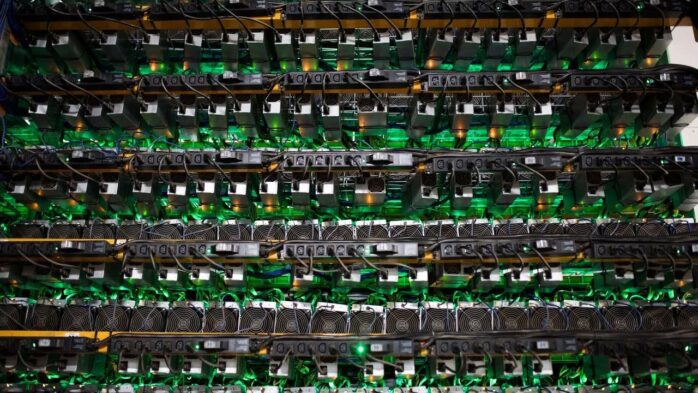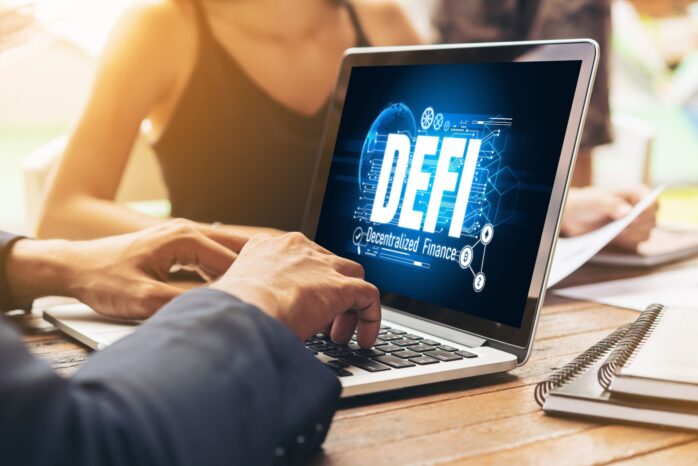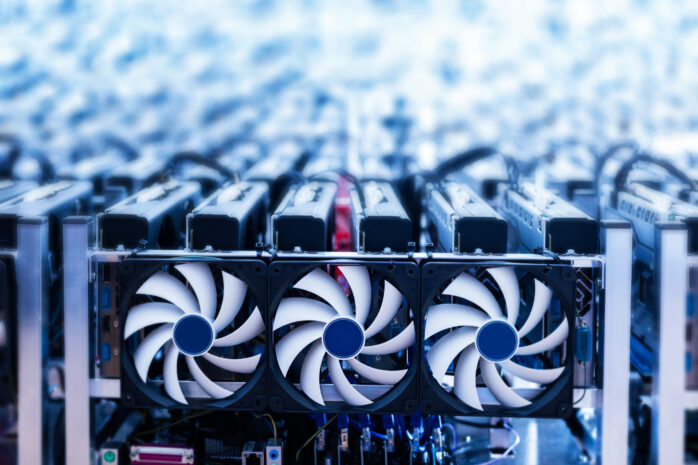Cryptocurrency mining has seen rapid growth and evolution over the past decade. Since the creation of Bitcoin in 2009, cryptocurrencies have exploded into the mainstream, with a current total market capitalization of over $1 trillion.
Underpinning these digital currencies is the mining process – an innovative consensus mechanism that enables decentralized networks to function securely without third parties.
However, mining cryptocurrencies has become increasingly challenging from a profitability standpoint. As competition rises, mining rewards diminish for participants while energy and hardware costs continue mounting.
Fortunately, new payment solutions using decentralized finance (DeFi) are emerging to help ease crypto miners’ economic pressures.
The Rising Difficulty of Cryptocurrency Mining

In proof-of-work (PoW) networks like Bitcoin and Ethereum, miners compete against each other to solve complex computational problems and validate transaction blocks.
As a reward, successful miners earn newly minted cryptocurrency along with transaction fees. However, the mining difficulty, which measures how hard it is to earn these rewards, has substantially increased over time.
For example, Bitcoin’s mining difficulty has risen over 11 trillion percent since its inception. When Bitcoin first launched, amateur enthusiasts could profitably mine coins using regular desktop computers.
But now, industrial-scale Bitcoin mining centers with thousands of specialized high-powered devices (“ASIC miners”) have emerged around the globe to accommodate fierce competition.
Ethereum has faced similar difficulty increases recently since transitioning to the PoW consensus in 2015, making profitable mining out of reach for casual miners.
The upcoming shift to proof-of-stake in Ethereum 2.0 will replace mining entirely, further consolidating mining power in large professional operations.
Rising Energy and Hardware Expenses
Alongside escalating mining difficulty, energy and hardware costs have made cryptocurrency mining a far more expensive endeavor.
ASIC miners require tremendous amounts of electricity to operate, incurring massive utility bills for large mining firms. The recent crypto market downturn has severely squeezed profit margins.
Additional cuts come from necessary hardware upgrades as faster mining devices hit the market.
The lifespans of ASIC miners are relatively short, so mining farms need to continuously purchase newer models to stay competitive, which carry high price tags. Reselling old hardware to offset upgrades is also difficult during market slumps.
Other PoW cryptocurrencies face similar cost and energy issues from rising mining difficulty, putting strain on miners. So what payment solutions could help alleviate these economic pressures for crypto miners?
Decentralized Payment Solutions

Decentralized finance, or DeFi for short, refers to blockchain-based financial services outside traditional intermediaries.
One emerging application area of DeFi includes decentralized payment solutions that connect directly with cryptocurrency networks. DefiWay is one such payment solution aimed at easing economic burdens facing crypto miners.
First, DefiWay issues stablecoin and fiat loans to mining companies and farms to cover operational costs like electricity bills and hardware purchases to continue mining smoothly through volatile markets.
These loans provide necessary working capital, allowing miners to hodl mined crypto assets long-term without needing immediate liquidation into fiat currency.
Additionally, the DefiWay platform enables miners to use their mined crypto holdings as collateral for overcollateralized loans. This releases capital for re-investment and further scaling while miners retain long term exposure and upside to their crypto asset holdings.
The platform handles all loan management functions like payments, interest calculations, collateral rebalancing automatically via smart contracts for simplicity.
For miners preferring consistent cash flow distribution rather than holding tokens long-term or taking out loans, DefiWay also offers “crypto salaried” services.
This automatically converts select mined crypto assets into stablecoin or fiat at regular intervals, providing miners reliable cash flow to cover business expenses.
Finally, DefiWay aims to establish mining infrastructure partnerships directly with mining operations by co-locating mining hardware inside sustainable energy data centers.
Besides space, power, and cooling infrastructure, these facilities would provide on-site access by mining companies to DefiWay’s working capital and payments solutions.
Such partnerships drive ecosystem synergies to accelerate the shift towards carbon-neutral blockchain infrastructure.
Conclusion

In summary, cryptocurrency mining has substantial profitability challenges today from difficulty increases, rising energy and hardware costs.
However, the innovative application of decentralized finance solutions offers promising pathways to a more sustainable mining infrastructure long-term.
By leveraging DeFi platforms like DefiWay for working capital, collateralized loans, automated cash flow distribution and infrastructure partnerships, crypto miners can gain financial tools to thrive into the future as blockchain adoption accelerates globally.
Though mining will require continued evolution, decentralized payment solutions offer fresh possibilities to address current limitations.



















